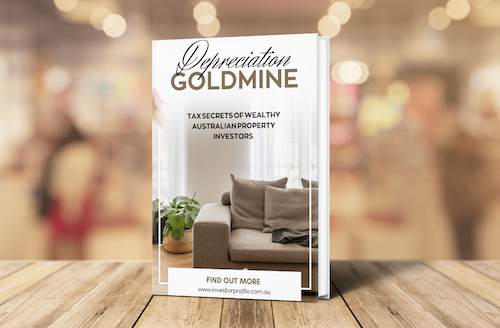Investing in Australian Property: Strategies and Tax Insights for 2025
As we look toward 2025, the Australian property market is poised with both promising opportunities and notable challenges. Whether you’re an experienced investor or just starting out, adopting the right investment techniques and tax strategies is vital in this evolving landscape.
Top Investment Strategies
1. Buy and Hold
This method involves purchasing properties with the intent of holding them over a long period. The goal is to benefit from gradual capital appreciation and steady rental income as property values rise steadily over time.
2. Gearing Strategies
Using leverage can significantly expand your property portfolio. Consider these two approaches:
- Positive Gearing: Rental income is greater than expenses, generating immediate cash flow.
- Negative Gearing: Expenses outweigh rental income, offering potential tax offsets and long-term capital growth.
3. Renovate and Hold
Enhance your property's value and rental appeal through targeted renovations. In 2025, upgrading to sustainable and energy-efficient features can increase values by 5-10%, making your property more attractive to tenants.
4. Investing in Emerging Markets
Look beyond major cities to regional centres such as Geelong, Ballarat, Bendigo in Victoria, or the Sunshine Coast in Queensland. These areas offer more affordable properties, lifestyle advantages, and growing local economies. Prioritize properties that are close to schools, healthcare facilities, and transport links to appeal to a wide range of tenants.

Discover the #1 tax secret wealthy Australian property investors use to grow their portfolios faster — even in a high interest rate environment.
- Learn how to turn wear and tear into wealth
- See real examples of $15,000+ first-year deductions
- Understand how to structure your purchases for maximum after-tax ROI
Download Your Free Wealth Building Guide
This ebook reveals how to legally slash your tax bill while building long-term wealth through property. Learn the strategies savvy investors use to gain an edge — even before settlement.
- Maximise tax deductions and improve cash flow
- Understand Division 40 vs 43 and how to claim both
- Position yourself to reinvest and scale faster
Effective Tax Strategies for Property Investors
1. Optimize Depreciation Deductions
Ensure you claim depreciation on both the structure and eligible assets to reduce taxable income. Utilizing dedicated tools like TaxTank can keep your deductions accurate and up-to-date.
2. Prepay Expenses
Consider prepaying certain expenses, such as interest on loans or insurance premiums, before June 30. This proactive step can shift deductions into the current financial year, effectively lowering your taxable income.
3. Capital Works Deductions
For properties built after 16 September 1987, you can claim deductions on construction costs over a period of 25 to 40 years depending on the date of build. This strategy can significantly reduce your tax burden.
4. Stay Updated on Policy Changes
Government regulations and policies, including those impacting negative gearing and capital gains tax, can change. Keeping abreast of these developments is critical to adapting your investment strategy.
5. Maintain Detailed Records
Accurate and comprehensive records of all income and expenses related to your investment are essential. Carefully documented records help ensure tax compliance and maximize deductible expenses.
By integrating these property investment strategies with smart tax planning, you can improve both the profitability and resilience of your investment portfolio in Australia for 2025.


